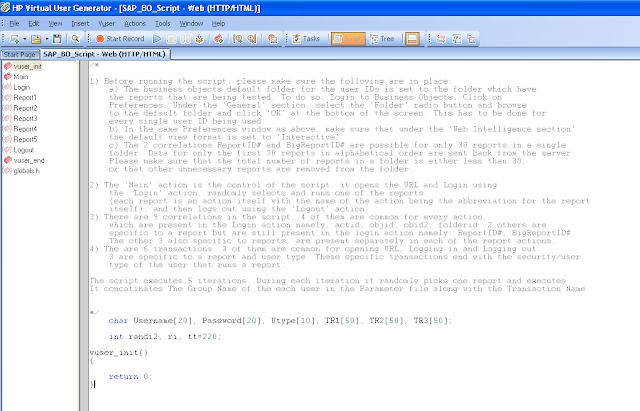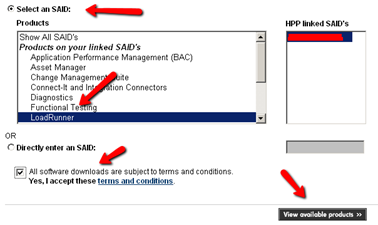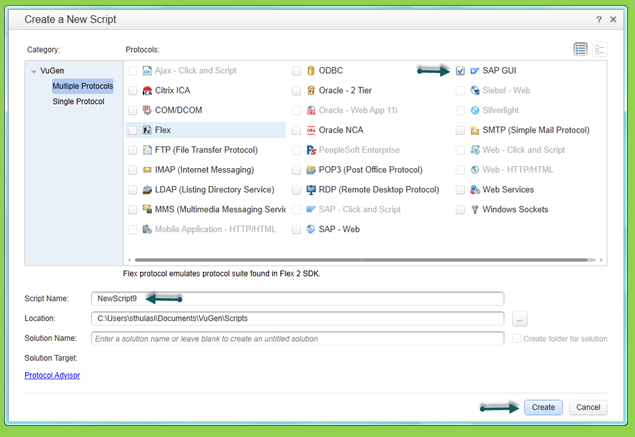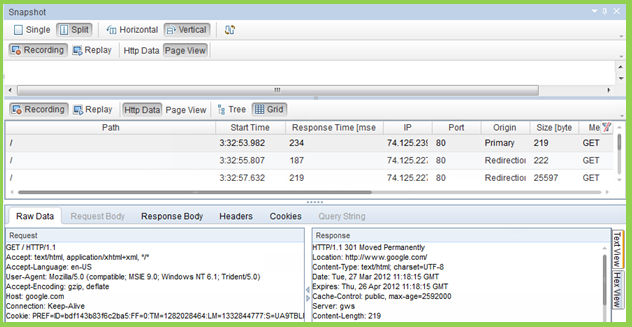Below are some key facts to remember about controller. (Note: I am publishing some of these issues from my notes which I encountered at different times. I am just consolidating them here.)
The Maximum number of threads for driver. The number of threads per driver has been internally set for each specific protocol.
Increasing Vuser Limit:
You can increase the Vuser limit on Windows NT by modifying the load generator's Windows Registry as follows:
Open the Windows Registry.
Select Find>Data and search for the term "SharedSection".
This search should return a path similar to this:
MyComputer\HKEY_LOCAL_MACHINE\SYSTEM\CurrentControlSet\Control\ Session Manager\Sub Systems\Windows
Modify the second value to 4096.
Run-time settings -
The Maximum number of threads for driver. The number of threads per driver has been internally set for each specific protocol.
Increasing Vuser Limit:
You can increase the Vuser limit on Windows NT by modifying the load generator's Windows Registry as follows:
Open the Windows Registry.
Select Find>Data and search for the term "SharedSection".
This search should return a path similar to this:
MyComputer\HKEY_LOCAL_MACHINE\SYSTEM\CurrentControlSet\Control\ Session Manager\Sub Systems\Windows
Modify the second value to 4096.
Run-time settings -
When you modify a script's run-time settings in the Controller, the new settings are saved with the Controller scenario. If, you open the script in VuGen and modify the run-time settings, use the Refresh button in the Controller to see the new settings.
Compiled Vusers -
When the Vuser script is a compiled Vuser, the Controller doesn't send the dll to the remote machine.
Workaround: Add the dll to the list of script files. In the Controller Scripts tab, right-click on your script name and select Details. In the Files tab, click Add and point to the dll. This will add your dll to the list of files to be transferred with the script.
You may receive the following error message when launching the Controller: "Cannot install license information, probably access to system resource was denied." This indicates that you need to log in with administrator permission, since you installed the product with administrator permission.
Workaround: Run setlicensepermissions.exe from the LoadRunner bin directory to change the registry permissions.
Environment variables on load generator machines - If you change the value of an environment variable on a load generator machine and you configured the load generator to automatically run virtual users, restart the machine to use the new value of the environment variable.
Output window - Keeping the Controller Output window open for long periods of time will affect the machine's memory usage.
When the Vuser script is a compiled Vuser, the Controller doesn't send the dll to the remote machine.
Workaround: Add the dll to the list of script files. In the Controller Scripts tab, right-click on your script name and select Details. In the Files tab, click Add and point to the dll. This will add your dll to the list of files to be transferred with the script.
You may receive the following error message when launching the Controller: "Cannot install license information, probably access to system resource was denied." This indicates that you need to log in with administrator permission, since you installed the product with administrator permission.
Workaround: Run setlicensepermissions.exe from the LoadRunner bin directory to change the registry permissions.
Environment variables on load generator machines - If you change the value of an environment variable on a load generator machine and you configured the load generator to automatically run virtual users, restart the machine to use the new value of the environment variable.
Output window - Keeping the Controller Output window open for long periods of time will affect the machine's memory usage.





















